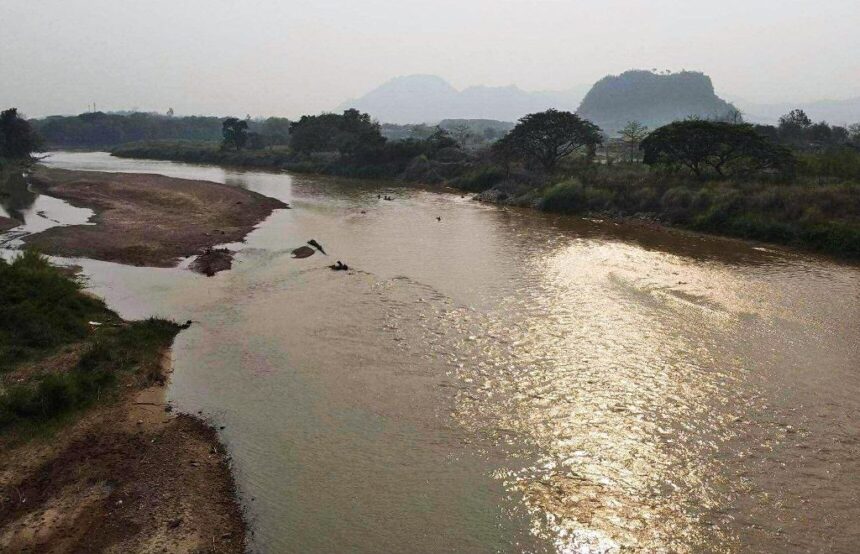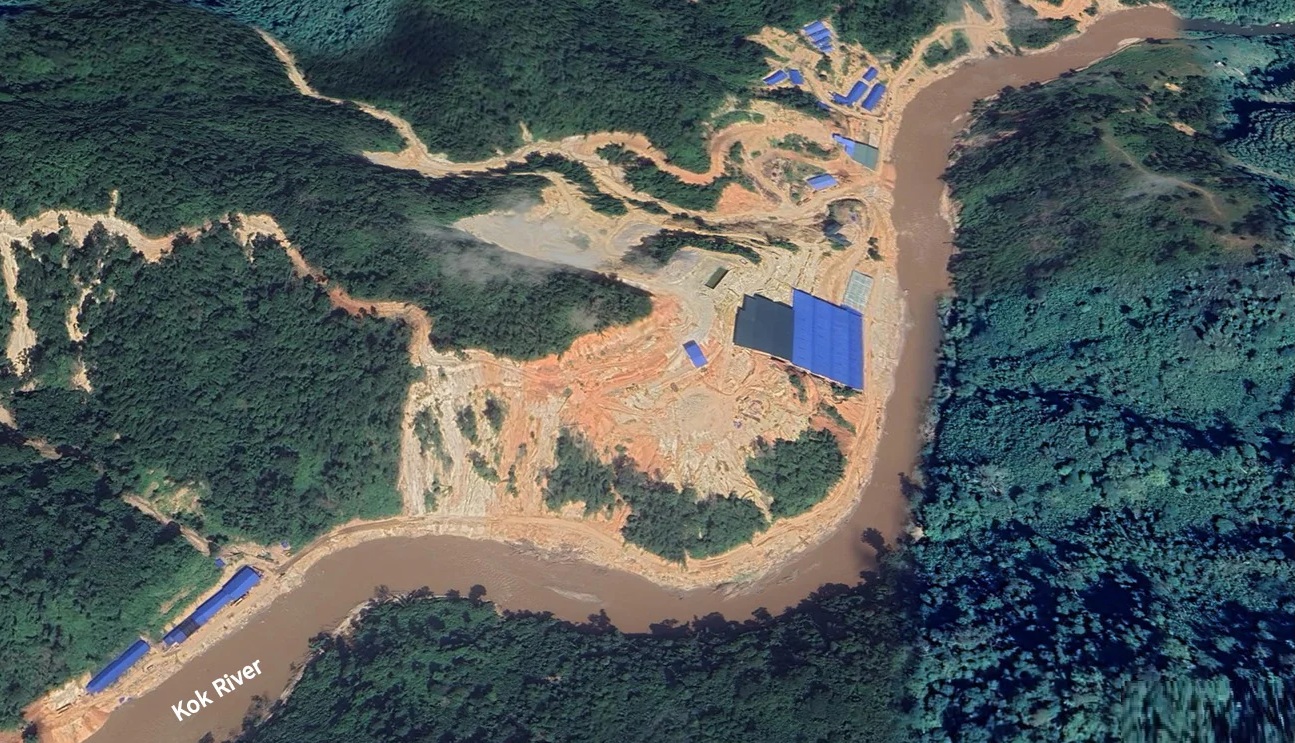CHIANG RAI – Local leaders and environmental groups have proposed establishing a pollution monitoring centre for the Kok River after striking down the building of dams designed to trap toxic sediment, saying these would not address the pollution problem.
Instead, there is a call for urgent surveys to assess the impact on Kok River communities and to provide help for those affected.
The local leaders and environmental groups voiced their concerns about the effectiveness of sediment dams. They argue these structures might not prevent heavy metal contamination from entering the ecosystem and could even create new risks for the area.
Many believe that a dedicated centre to monitor pollution would help track and manage pollution from Myanmar mines more effectively.
Residents living along the Kok River and the Sai River want faster action to investigate the scale of contamination and provide relief. They urge authorities to prioritize health checks and compensation for families affected by toxic pollution.
The need for clear communication and practical help from the government is seen as the most important step right now.
Stakeholders say the best way forward is to combine ongoing monitoring with community support. They call on officials to listen to local people and experts rather than investing in projects that might not solve the core issue.
The focus should stay on protecting people’s health and restoring the environment.
The Kok River in Chiang Rai, Thailand, is dealing with serious pollution issues caused by high levels of arsenic and heavy metals. Most of this pollution comes from gold and rare earth mining across the border in Myanmar’s Wa and Shan States.
These mining activities upstream in Myanmar have led to a pollution crisis in the Kok River. This has put Chiang Rai’s environment, public health, farming, and tourism at risk.
Recent tests on the river’s water and sediments found unsafe levels of arsenic, lead, manganese, nickel, and cadmium. Some samples showed arsenic at 0.49 mg/L, which is almost 50 times higher than the safe limit of 0.01 mg/L. Lead was detected at 0.066 mg/L, also above the accepted limit of 0.05 mg/L.
The main culprit is unregulated mining, especially Chinese-backed gold and rare earth mines in Wa-controlled areas of Myanmar. These mines release untreated water filled with toxic metals into the river, causing it to look cloudy and take on a reddish tint.
This pollution has raised the amount of suspended particles and increased sediment build-up in the river, which is bad for fish and other aquatic life. Fish in the Kok River have developed ulcers and inflammations, showing clear signs of a damaged ecosystem.
















